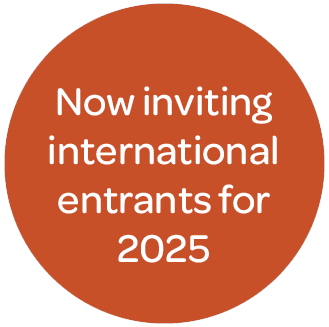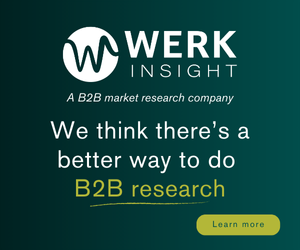Agility Utility: Secrets to fast research with lasting impact
Healthcare Research Worldwide Ltd – 15 February 2019
Source https://www.hrwhealthcare.com/blog/agility-utility-secrets-to-fast-research-with-lasting-impact/
The trend for Agile and Sprint product development is increasing in the pharmaceutical space, and its origins in software present a speed and expectations challenge to traditional pharmaceutical marketing models that we all need to be prepared for and adjust to.
In our blog post we examine the origins of this trend and convey some simple but critical success factors that lie at the heart of agency-client partnership on Agile research that meets deadlines as well as having incisive impact for brands.
If you want to go fast, go alone. If you want to go far, go together. – African Proverb
This often-quoted African proverb is profound and often true… with one exception, Agile research. In our opinion, in Agile research, teamwork and collaboration are the central component of making the research work quickly AND have far-reaching or lasting impact for brands.
The trend for Agile and Sprint product development is increasing in the pharmaceutical space, and its origins in software present a speed and expectations’ challenge to traditional pharmaceutical marketing models, that we all need to be prepared for and adjust to.
To support this shift, the traditional market research approach also needs to change, not by re-inventing the wheel, but by carefully planning the design around two critical factors, partnership and process, right from the research outset, to ensure the research can go both, fast and far.
Partnership
Collaborative partnerships are critical to project success, and a successful Agile research approach typically incorporates the following three to deliver fast and far research:
Long-term agency/client partnerships (rather than per-project partnerships)
Fast: through saving time in on-boarding; multiple projects can be run concurrently and KPIs and research material structures can be agreed upon at the outset.
Far: agency is up to speed on product strategy and project aims, better able to contextualise findings; learnings are easily transferable from one project to the next and findings are reduced to core essential learnings; ‘off the cuff’ requests can be accommodated more effectively.
Multidisciplinary expertise (collaboration with in-house or consultant thinkers in behaviour, technology, user experience, or design)
Fast: Experts ‘speak the same language’ across the entire research chain, reducing miscommunications and streamlining deliverables to fit unique models (e.g. user journeys, RAG maps, heuristic identification).
Far: the number of iterations is reduced by the right expertise at all points in the process; recommendations have been stress-tested through multiple analytical lenses.
Participant collaboration (collaborating directly with respondents and keeping them engaged over the long term)
Fast: recruitment of participants at outset to generate ready panels and/or online communities; reduced need for retrospective analysis due to methodologies with participant interaction.
Far: greater ‘customer generated’ content and recommendations are delivered, prized by senior stakeholders.
Process
The speed of Agile research requires careful planning and consideration of the research process, specifically in regard to where compromises are acceptable or not within methodology selection, fieldwork and analysis, and results.
Methodology selection
Compromise: on the getting the ‘why’ as the Agile movement is based around behavioural methodologies like observation, eye tracking, digital tracing, social media listening, and developer groups, which rely on knowing ‘what’ people do and designing to meet their needs rather than knowing ‘why’ people do what they do.
No compromise: on the reality of the implementation to ensure responses reflect the fast and distracted nature of true use.
Fieldwork and analysis
Compromise: on waiting for the full sample as analysis and feedback happen ‘live’ throughout the process and small samples are the norm.
No compromise: on the thinking and insight to make sure findings are not lacking depth.
Results
Compromise: on PowerPoint! Traditional report writing is abandoned in favour of delivering dashboards, backroom workshops, email summaries, infographics, sketches or videos.
No compromise: on record keeping, as it’s still critical to benchmark and track KPIs, record customer learnings and collate results on a central resource hub.
To summarise, though agility may conjure ideas of ‘going alone’, being very aligned and ‘going together’ keeping these considerations top of mind throughout the partnership, can help both, client and agency successfully align with Agile product development approaches without limiting the integrity and impact of critical customer feedback in the process.
Advertisement
Get the latest MRS news
Our newsletters cover the latest MRS events, policy updates and research news.














